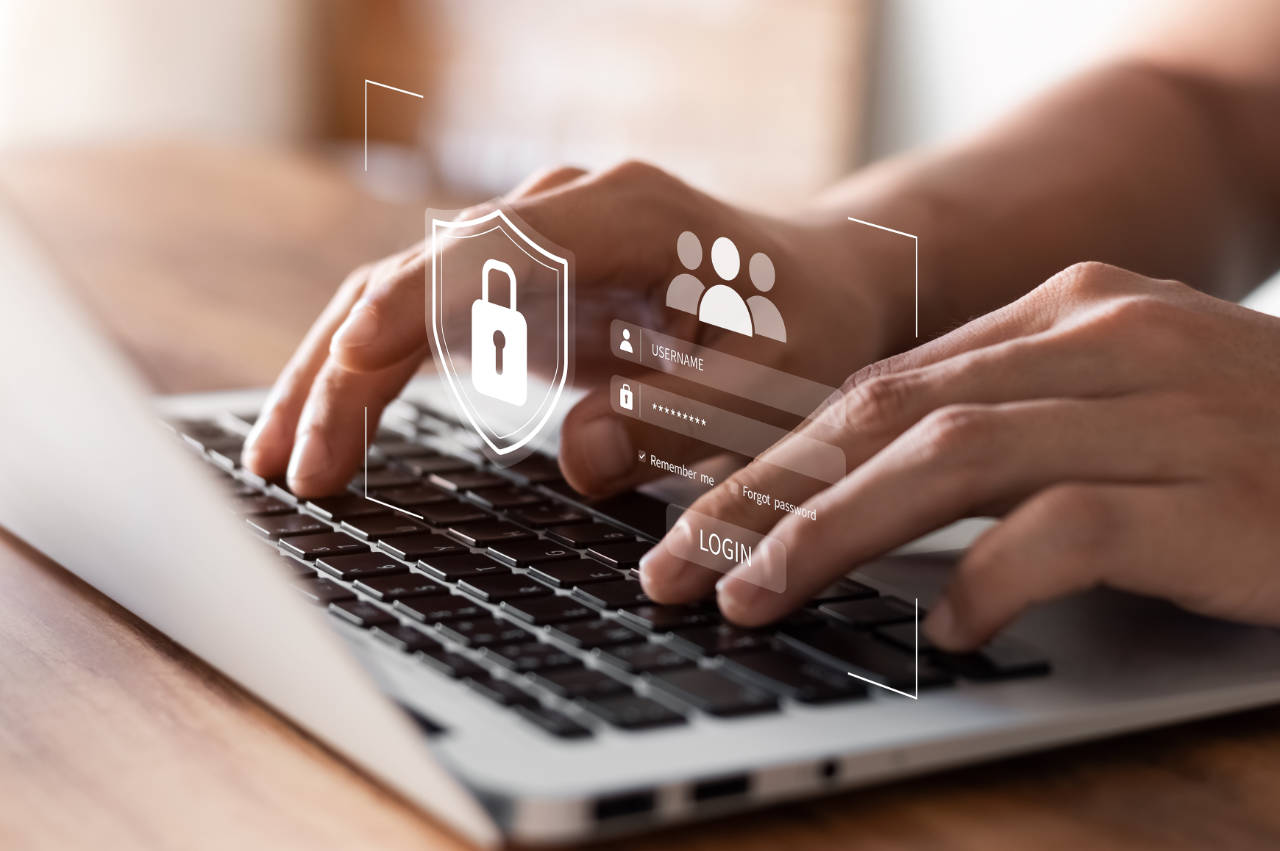
With more people working from home and accessing organisational data remotely, it’s essential you know how to prevent cyber attacks at home. Cybercriminals work relentlessly to hack into anything on the web that will lead them to money. Most likely, they aren’t targeting you directly but are instead using brute force to try and hack thousands of accounts. All they need to do is get lucky once.
Attacks usually come in the form of phishing. This is when cybercriminals try to trick you into handing information or money directly to them. They typically impersonate real people or organisations, and it can be hard to spot that they’re not genuine. Other attacks may come in the form of fake links in emails that when clicked on result in malicious software being downloaded onto your computer.
If you or your employees work from home, it’s especially important to ensure you’re protected, as small organisations are increasingly targeted for cybercrime. A March 2021, a government survey stated that nearly four in ten businesses (39%) and over a quarter of charities (26%) had been the target of a cyberattack over a 12 month period.
Here are a few simple cybersecurity tricks that can show you how to prevent cyber attacks at home.
Our Cyber Security Training is designed in accordance with the National Cyber Security Centre (NCSC) by experienced IT professionals to raise employee awareness and encourage safe cyber behaviour. Our training is CPD certified and classified as SCORM compliant training.
Ways to secure your home office to prevent cyber attacks at home
Take simple, inexpensive measures to prevent cyber attacks when working from home and give yourself the best possible home cyber security.
Secure your WiFi
Your home WiFi network is one of the most significant entrance points to your home office. If it’s not secure, many other measures you take will be significantly less effective. The first step is making sure your network is password protected. Most networks come set up this way, but you’ll want to go one step further by changing the name of your network and setting up your own password.
Internet service providers often batch assign network names and passwords. This means a hacker can guess things similar to what they’ve already been able to hack in order to get into more networks.
Make sure to set up something that is unique and also hard to guess. Don’t use:
- Your address
- Phone number
- Your birthday or relatives’ birthdays
- Anything else someone could quickly learn and use against you
- Easy to guess number pairings, such as 1234
You can also establish privacy and security controls on your network that will make it harder for people using your WiFi to stumble onto suspicious sites that can put malware on your computer. This is especially important if you have kids at home who also use the same network as you do for work.
Secure your devices
After you’ve taken steps to secure your network, the next layer of security you can build is with your devices. Again, this is simple. Make sure each device is connected with a password, and make sure you use something that’s difficult to guess.
This is important because it will physically keep the information on your device out of the wrong hands. In addition, most phones, computers, and tablets require you to use a password before making any changes at the system level or before gaining access to important information you have stored on the device.
Not using a password effectively leaves the door to your cyber identity wide open.
Also, consider getting some antivirus software such as AVG security. It will block the downloading of any malware from not-so-reputable websites and help you navigate the web more securely by providing you with things such as “safe search” results.
Another thing you’ll want to be sure to do is to keep all your software updated on all your devices. Developers are constantly releasing changes that respond to potential software weaknesses. Delaying these updates unnecessarily exposes you to cyber attacks.
Secure your accounts
With your WiFi and devices secure, it’s time to make sure your accounts are properly defended too.
Check your passwords. Make sure they are all strong. Good passwords are usually at least eight characters long with a mix of letters, numbers, and symbols.
It’s also important to use a different password for each account you have. This way, in the unlikely event you get hacked, you can keep the damage inflicted to a minimum.
If you lose track of these different passwords, you can use a password manager, such as Last Pass, to securely store passwords. These programs will also provide you with automatically generated random passwords for your accounts, which adds an extra layer of security.
Set up alerts on your accounts. This is an option usually for services that deal with financial information. They serve to notify you when there is activity on your account so that you can spot fraud as it’s happening, limit the damage, and speed up the recovery process.
Secure other users
Our last method of how to prevent cyber attacks at home in your home office is to secure other users. Our home office is only as secure as the people who use it.
Make sure everyone connected to your home network follows all the security procedures discussed earlier. This is of utmost importance if you’re using a network that kids also use. Be careful who you allow to use your WiFi network. If you don’t have control over who they give the password to, you could be exposing your network to unnecessary risk.
As for the people on your network, also make sure they’re educated on how to prevent cyber attacks at home by detecting phishing attempts and what constitutes safe online behaviour.
Keep working with peace of mind
As the world continues to digitise, there are more avenues for hackers to steal personal information and infect personal devices.
The people behind the devices, apps, and software you’re using are constantly working to improve the security of their products. Your efforts to protect yourself from what’s out there will help you build a powerful defence against the many people using the web to try and steal your information.
Does praxis42 offer training on how to prevent cyber attacks at home?
We offer a comprehensive training course on cyber security training that gives guidance on how to prevent cyber attacks at home. Our training will provide you with expert advice on how to prevent cyber attacks at home and how to identify areas of vulnerability. Our cyber training is CPD certified and is SCROM compliant.
Digital Platform SHINE is our advanced eLearning platform designed to be cost-effective and easy to use when managing employee training records. Training certificates can be printed as proof of compliance with audits or visits from audit inspectors.

Tom Paxman
Managing Director (Digital)
